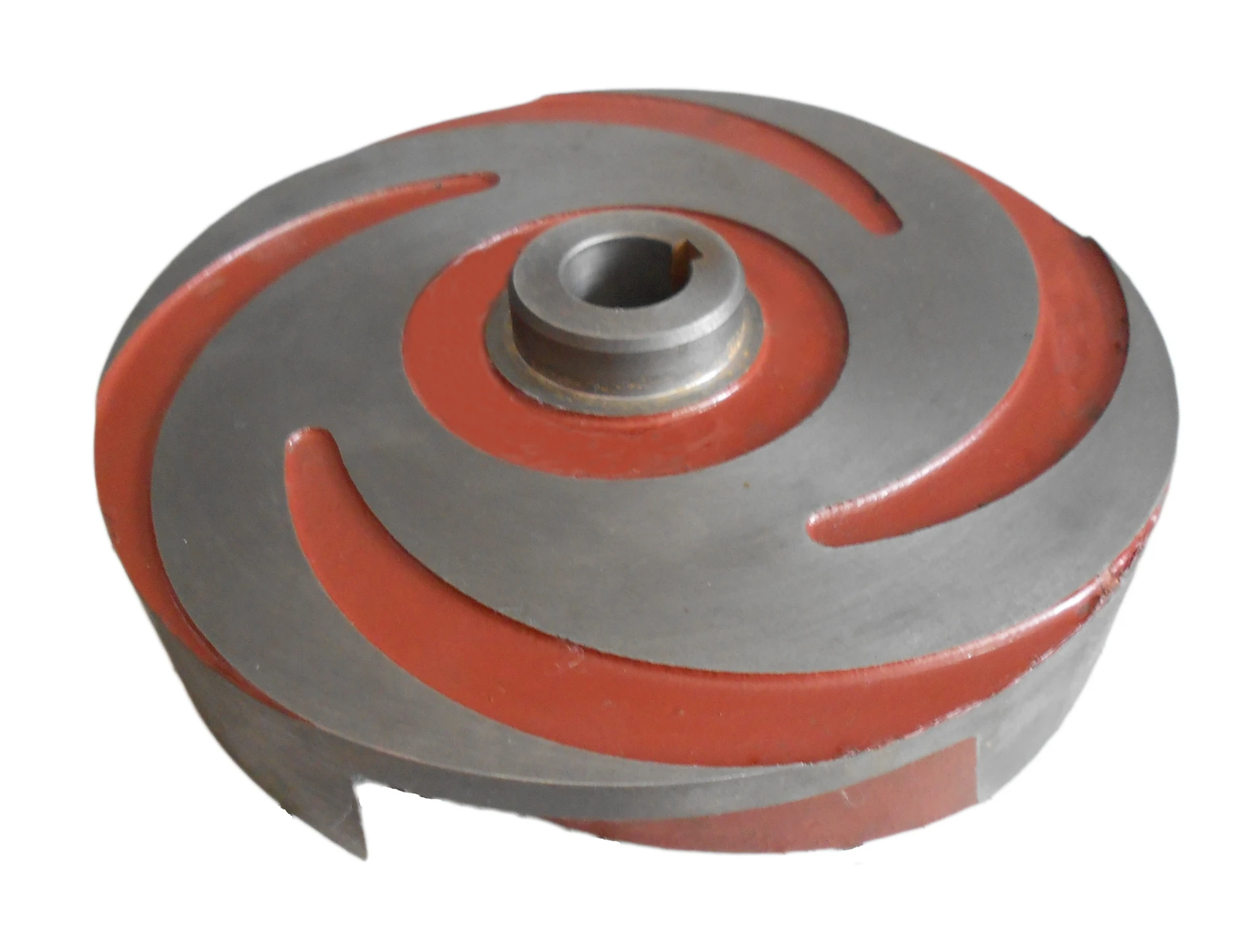Mobile:+86-311-808-126-83
Email:info@ydcastings.com
Innovations in Metal Casting Techniques for Modern Foundry Operations and Efficiency
The Art and Science of Metal Casting in Foundries
Metal casting is an ancient yet vital manufacturing process that transforms molten metal into desired shapes and forms. This technique has been utilized for thousands of years, evolving from primitive methods to advanced foundry technologies. Today, metal casting plays a critical role in producing components for various industries, including automotive, aerospace, and machinery. In this article, we will explore the fundamentals of metal casting, its processes, and the significance of foundries.
At its core, metal casting involves pouring molten metal into a mold, allowing it to cool and solidify into the desired shape. The process begins with the creation of a mold, which can be made from various materials such as sand, metal, or ceramics. Sand casting is the most common method due to its low cost and flexibility in producing complex shapes. The mold is formed by compacting sand around a pattern, which is then removed, leaving a cavity for the molten metal.
The Art and Science of Metal Casting in Foundries
After reaching the desired temperature, the molten metal is poured into the mold cavity. This stage is crucial; the pouring process must be carefully controlled to avoid defects such as air pockets or inclusions, which can compromise the integrity of the final product. Once the metal cools and solidifies, the mold is broken apart to reveal the casting.
metal casting foundry

Post-casting, the metal components often require further processing to achieve the desired finish and dimensions. This may include machining, sanding, or surface treatment processes to enhance strength, durability, and appearance. The final products can range from simple parts like brackets and fittings to complex items like engine blocks and decorative sculptures.
Foundries, where the casting takes place, serve as the hub of this intricate process. Modern foundries are equipped with advanced technologies, including computerized design and simulation tools that help optimize mold design and casting processes. This technological integration enhances accuracy, reduces waste, and improves overall productivity.
The significance of metal casting cannot be overstated. It enables the mass production of high-quality components that are essential for the functionality of various machines and systems. Moreover, casting allows for the creation of intricate shapes that would be difficult or impossible to achieve through other manufacturing methods, such as machining or forging.
In recent years, environmental concerns have prompted foundries to adopt more sustainable practices. Innovations in process efficiency and waste management have resulted in reduced energy consumption and a smaller carbon footprint. Additionally, the recycling of metal scrap has become a crucial aspect of modern casting practices, aligning with global sustainability goals.
In conclusion, metal casting in foundries is a blend of art and science, producing a wide array of components that drive various industries. As technology progresses, the future of metal casting will likely see even greater advancements, enhancing efficiency and sustainability, thus ensuring its continued relevance in our ever-evolving industrial landscape.
-
Why Is Choosing the Right Motor Housing Critical for Engine Performance?NewsJul.18,2025
-
Which Impeller Types Best Optimize Your Pump’s Efficiency?NewsJul.18,2025
-
Optimize Maintenance Efficiency with Durable Oil Catch SolutionsNewsJul.18,2025
-
Maximize Pump Performance with Precision-Engineered ComponentsNewsJul.18,2025
-
Elevate Industrial Flow Systems with Precision-Engineered ComponentsNewsJul.18,2025
-
Boost Durability and Functionality with Precision Power CastingsNewsJul.18,2025











